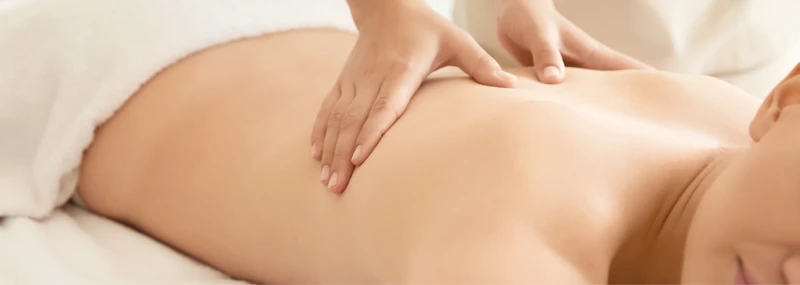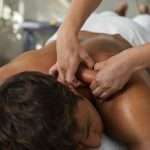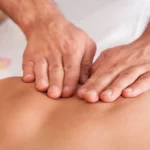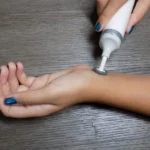Deep tissue massage is known for targeting the deeper layers of muscle and connective tissue. It’s especially helpful for chronic pain, tightness, or old injuries that haven’t fully healed.
During a session, a therapist uses slow, firm pressure to release built-up tension in the muscles. While the process can be intense, most people walk out feeling looser, more mobile, and more relaxed.
But here’s the surprising part—some people feel worse before they feel better. It’s not uncommon to experience flu-like symptoms, headaches, or even nausea after a massage. So what’s going on?
Let’s break down why this happens, what it means for your body, and how to manage or prevent these side effects.
In this article, we’ll explain why that happens, what symptoms to watch for, and how to prevent that “post-massage crash” so you can feel the full benefits of your treatment.
Table of Contents
💢 Can You Feel Sick After a Deep Tissue Massage?
Yes, it’s possible—and even common—for some people to feel a bit sick after a massage, especially if it’s your first time or if your muscles were particularly tight.
This reaction happens when metabolic waste (like lactic acid and other byproducts) stored in the muscles gets released into the lymphatic system during the massage. As your body starts processing and flushing these toxins, you may feel off—similar to how you’d feel after a detox or strong workout.
These symptoms are typically short-lived, and they’re a sign your body is responding to the treatment.
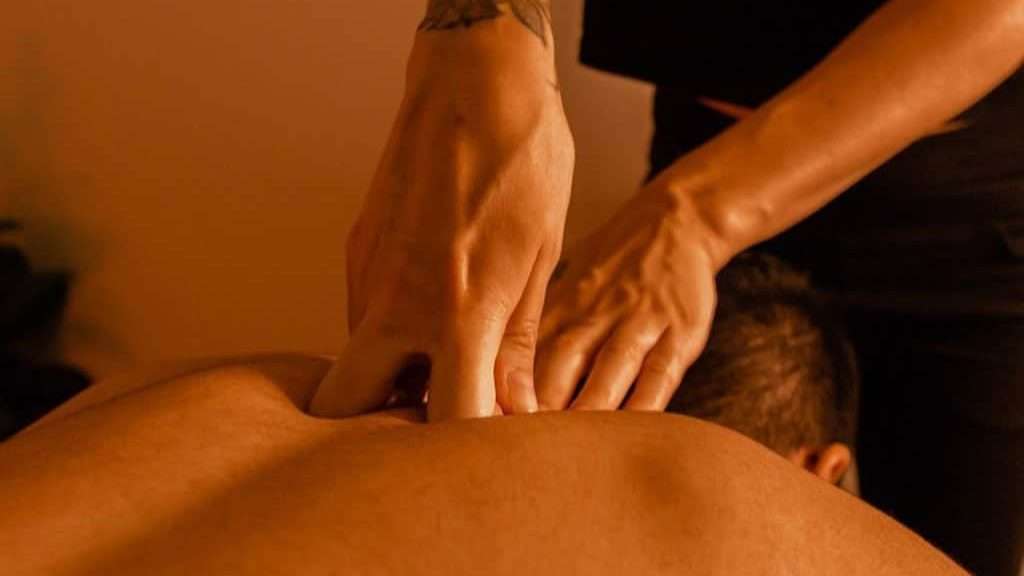
⚠️ Is Deep Tissue Massage Safe?
For most people, yes. But it’s not for everyone.
If you have any underlying health conditions like heart disease, high blood pressure, or diabetes, talk to your doctor first. People who are pregnant, recently injured, or recovering from surgery should also consult a healthcare professional before booking a deep tissue session.
In general, deep tissue massage is intense. If you’re unsure whether your body can handle it, start with a lighter massage and work your way up.
🤕 Common Side Effects of Deep Tissue Massage
Here are the most frequently reported side effects:
😣 Pain or Discomfort – Some soreness after a deep massage is expected—especially in areas that had knots or tight fascia. This soreness typically fades within 24–48 hours.
💢 Bruising – Firm pressure may cause light bruising, particularly if you bruise easily. This is usually mild and fades within a few days.
🤯 Headaches or Dizziness – Changes in circulation and pressure can cause temporary dizziness or light-headedness. Getting up too quickly post-massage can also trigger this.
🤢 Nausea – When toxins release into your system, it can lead to mild nausea. This is more common in dehydrated individuals or first-time clients.
😴 Fatigue – Many people feel sleepy or “out of it” after a session. This is a normal parasympathetic (rest-and-recover) nervous system response.

🤒 Why You Might Feel Sick the Day After a Massage
Some patients feel great immediately after a massage but develop symptoms the following day—headache, body aches, even mild nausea.
What’s happening?
Massage triggers a detox response. Blood and lymph circulation increases, flushing out areas where waste has accumulated. If your body can’t keep up with elimination—especially if you’re dehydrated or sedentary—you may temporarily feel worse.
This is sometimes referred to as a “healing crisis,” and it usually resolves on its own. Still, it’s a good sign that your body is starting to release what it’s been holding.
💧 What to Do If You Feel Sick After a Massage
Feeling sick doesn’t mean something went wrong—but it does mean your body needs some support. Here’s what helps:
💧 Drink plenty of water before and after your session to help your body flush toxins
🛌 Avoid intense workouts or stressful activity for the next 24 hours
🪑 Sit up slowly after your massage to avoid dizziness
🥣 Eat a light meal to settle your system
🛁 Take a warm shower or bath to relax your muscles and boost circulation
🚫 What to Avoid After a Deep Tissue Massage
What you do post-massage matters. Avoid the following for at least 24 hours:
🍷 Alcohol
🍔 Heavy meals
🏋️ Strenuous exercise
☕ Caffeine
🔥 Hot showers
Let your body recalibrate before jumping back into a high-stress routine.
❄️ Why Do I Feel Cold After a Massage?
If you feel chilled after a massage, that’s normal. As your muscles relax and circulation changes, your internal temperature can dip slightly—similar to what happens during deep sleep. This effect may also be amplified by the release of toxins or tension.
Cover up, drink warm fluids, and let your body adjust.
❓ Frequently Asked Questions
Can deep tissue massage cause flu-like symptoms?
Yes. These symptoms—headache, fatigue, nausea—are typically signs your body is processing metabolic waste. It’s often short-lived and lessens with regular sessions.
What happens if you don’t drink water after a massage?
You risk slower recovery and lingering symptoms. Water helps flush out what the massage has released. Without it, you may feel dizzy, nauseous, or extra sore.
Should I shower after a massage?
Wait at least 1–2 hours, and avoid hot showers. Let the oils absorb and your body normalize. A warm rinse later in the day is fine and may actually help ease soreness.
Why do I feel worse after a massage?
Your body may be responding to detox, circulatory changes, or physical release of tension. Feeling worse temporarily is normal—and usually means your body is working through stored stress.
✅ The Good News: It Gets Better With Time
If you’ve just had your first deep tissue massage and didn’t feel great afterward, don’t give up. These symptoms tend to be strongest after the first few sessions—especially if you’ve been sedentary or stressed.
With regular sessions, your body becomes more efficient at flushing waste and less reactive overall. Over time, you’ll likely leave your massages feeling energized, lighter, and more balanced.
🧘♀️ Final Thoughts
💬 Want more tips on post-massage care or how to prepare for your first session? Check out our complete massage preparation guide and learn how to make the most of your recovery.
Massage is both therapeutic and restorative—but it’s also powerful. When done properly, it activates deep systems in your body that may not have been functioning well for a long time.
If you experience nausea, fatigue, or aches after a massage, don’t panic. Support your body with hydration, rest, and gentle movement. And if symptoms persist beyond two days, or if you feel sharp or worsening pain, consult your doctor or therapist.
With time and consistent care, deep tissue massage can help you feel stronger, more mobile, and more in tune with your body—without the unwanted side effects.
📖 Also Read:
- What to Do After a Deep Tissue Massage: 5 Essential Recovery Tips
- Why Do I Feel Dizzy After a Massage? Causes & Prevention Tips
- Best Handheld Deep Tissue Massager: Review & Buying Guide
References
- Durability of Effect of Massage Therapy on Blood Pressure
- National Center for Complementary and Integrative Health (NCCIH). Massage Therapy: What You Need To Know
⚠️ Disclaimer:
This article is for informational purposes only and does not constitute medical advice. Always consult with a licensed healthcare provider or certified massage therapist before beginning any new treatment, especially if you have pre-existing health conditions or concerns.


